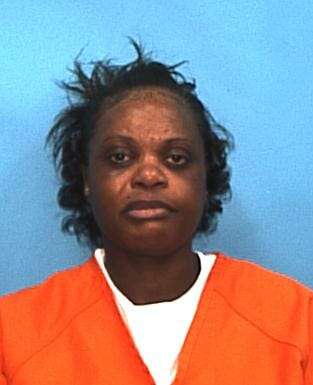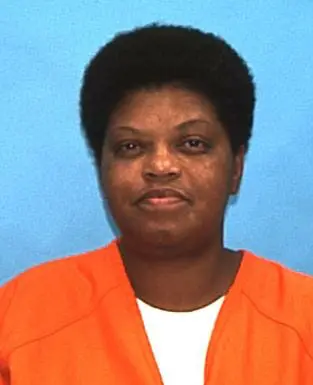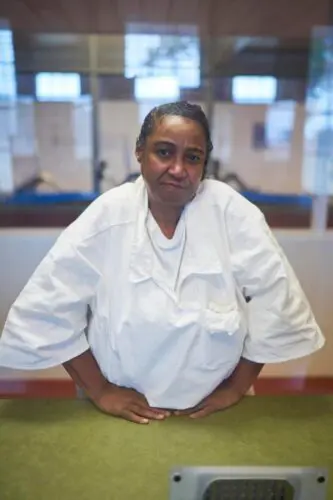Belinda Magana Women On Death Row
Belinda Magana and her then boyfriend Naresh Narine should have never been allowed anywhere near children. According to court documents the pair would not get their two year old medical care when he was scalded with hot water. For days after the scalding the couple would beat the small child for crying and eventually the child … Read more








